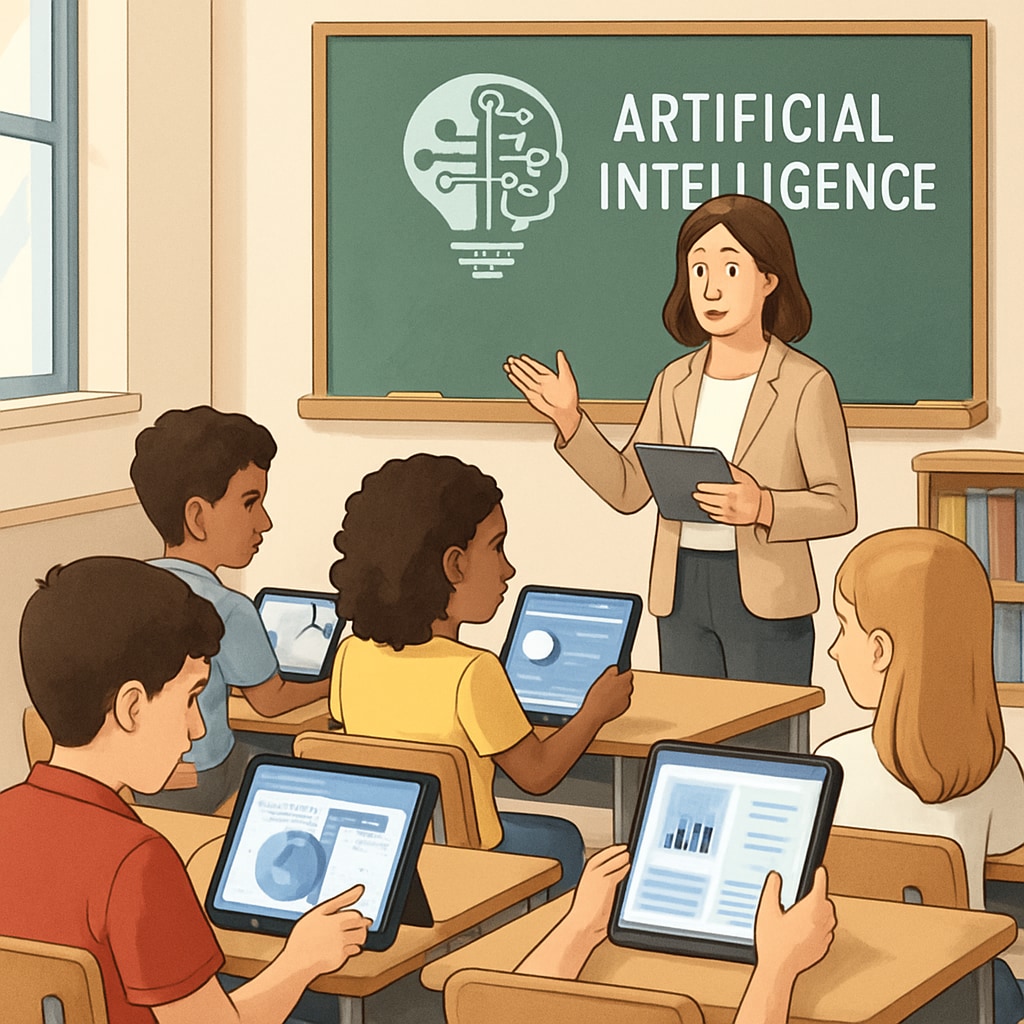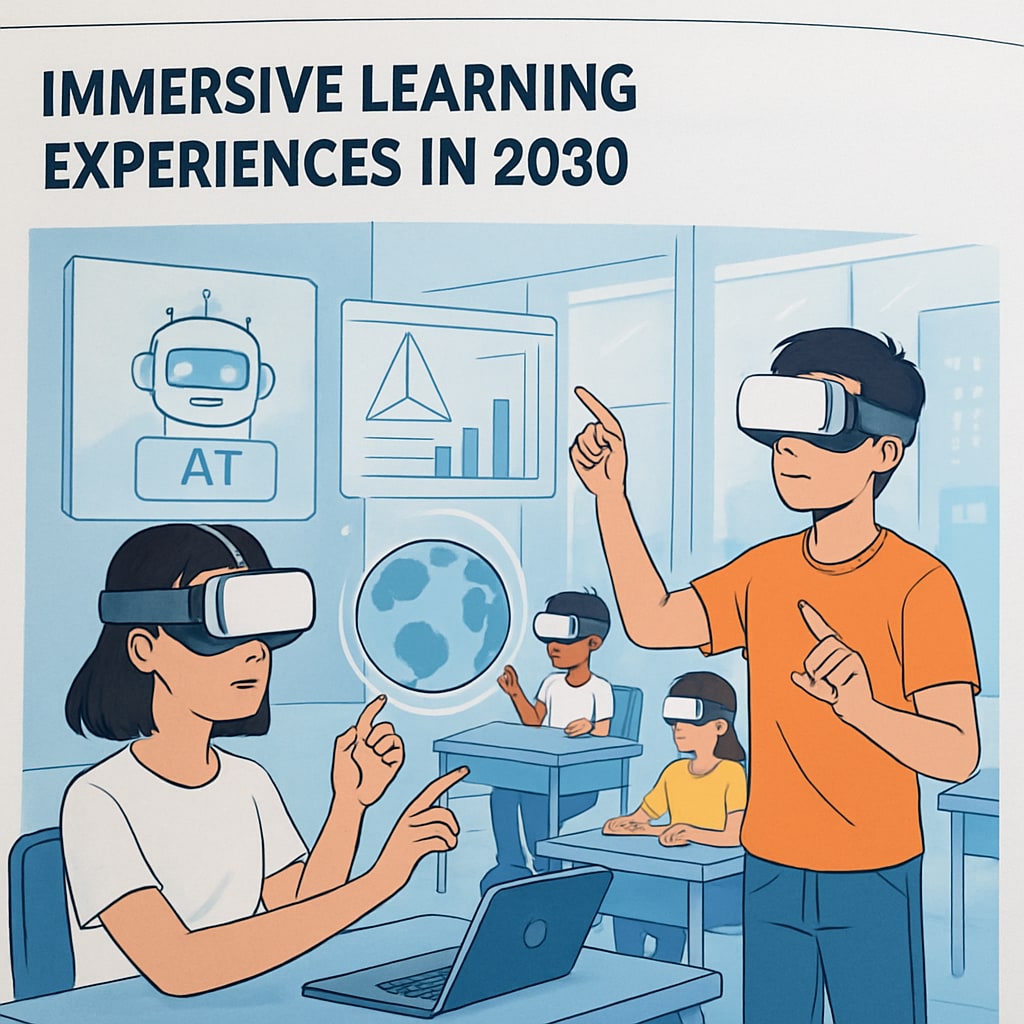Artificial intelligence (AI) is revolutionizing the education landscape, with profound implications for K12 learning environments. This transformation is at the heart of current education trends, offering personalized learning experiences, reshaping teacher responsibilities, and promising a dynamic future for education by 2030. As we delve into AI’s trajectory, we’ll explore its current applications, future potential, and how educators can prepare for this paradigm shift.
AI’s Current Role in Transforming K12 Education
In recent years, AI has been integrated into K12 education in various impactful ways. From adaptive learning platforms to intelligent tutoring systems, AI enhances personalization and efficiency in teaching. For instance, tools like Khan Academy’s AI-driven recommendations provide tailored learning paths for students, addressing individual strengths and weaknesses. According to a Britannica article on artificial intelligence, these advancements enable students to learn at their own pace, fostering deeper understanding and engagement.
Moreover, AI is revolutionizing administrative processes. Grading automation, data analytics for student performance, and predictive modeling are reducing educators’ workloads, allowing them to focus more on instruction and mentoring. This shift is redefining the role of teachers, positioning them as facilitators and collaborators rather than sole knowledge providers.

Future Prospects: The 2030 Vision for AI in Education
Looking ahead, the role of AI in K12 education is set to expand dramatically by 2030. Emerging technologies such as natural language processing (NLP) and machine learning (ML) promise to enhance interactive learning. Virtual reality (VR) and augmented reality (AR), powered by AI, will create immersive educational experiences, bringing historical events or complex scientific phenomena to life.
Additionally, AI’s predictive analytics could revolutionize dropout prevention by identifying at-risk students and proposing timely interventions. For example, AI systems could analyze behavioral patterns and academic performance to offer insights to educators and parents. According to a Wikipedia article on education technology, these predictive tools have already shown promise in pilot programs worldwide.
As AI continues to evolve, ethical considerations such as data privacy, bias in AI algorithms, and equitable access to technology will need to be addressed. Policymakers and educators must collaborate to ensure these innovations benefit all learners equally, bridging rather than widening educational disparities.

Preparing Educators for the AI-Driven Future
To maximize the benefits of AI in K12 education, educators must adapt to new roles and responsibilities. Professional development programs focusing on AI literacy are essential. Teachers need to understand how to integrate AI tools into their classrooms effectively while addressing ethical concerns.
Some key strategies for educators include:
- Participating in workshops and training sessions on AI technologies.
- Collaborating with technologists to co-develop curriculum enhancements.
- Advocating for equitable access to AI tools for all students.
By embracing these strategies, educators will not only enhance their teaching efficacy but also prepare students for a future where AI-driven skills are indispensable.
In conclusion, AI is poised to redefine K12 education, offering unprecedented opportunities for personalized learning and efficiency. However, the journey to 2030 requires careful planning, ethical considerations, and active participation from all stakeholders. As we stand on the cusp of this educational revolution, the potential for AI to create a more inclusive, engaging, and effective learning environment is truly transformative.
Readability guidance: Short paragraphs, strategic use of lists, and a focus on transition words ensure clarity and flow. Passive voice and long sentences are minimized to enhance readability.


